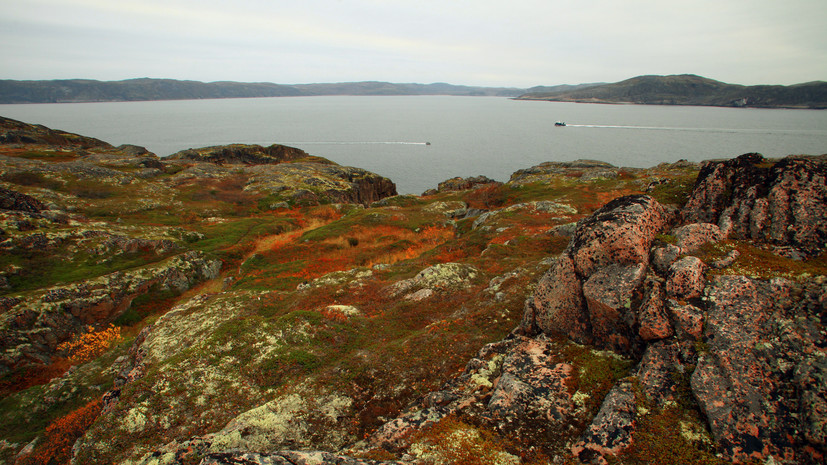Scientists from the Institute of Geochemistry and Analytical Chemistry.
IN AND.
Vernadsky (GEOKHI) RAS, together with foreign colleagues, discovered a geological formation rich in rare strategic metals on the Kola Peninsula.
Their concentration is higher than in similar super-large deposits.
The discovery of geologists was reported to RT in the press service of the Ministry of Education and Science.
The results of the study are published in the journal Lithos.
According to scientists, the Kola alkaline-carbonatite province is located in the Murmansk region, with which the largest deposits of rare earth metals are associated, which are of strategic importance for the civil and defense industries.
They fundamentally change the properties of materials.
For example, adding a small amount of the rare earth scandium to aluminum alloys triples their strength and creates malleability.
Rare earth elements are used in radio electronics, instrumentation, nuclear engineering, mechanical engineering, the chemical industry, and metallurgy.
In particular, niobium is used in superconducting materials.
Niobium alloys containing titanium and tin are used in MRI scanner magnets.
Niobium metal
Gettyimages.ru
Valuable elements are concentrated in dikes - this is how geologists call a vertical column of rock, which can be formed as a result of the rise of molten magma from the bowels of the planet to the surface.
The dike discovered by scientists contains a very high concentration of rare earth metals.
According to the authors of the work, the rock contains significant amounts of niobium, zirconium, barium, strontium, iron, titanium, as well as volatile components, which allow metallurgists to control the crystallization temperature and viscosity of the alloys.
“All this is reflected in its (dykes.
-
RT
) mineral composition: the rock composing it consists of such extremely rare minerals as lamprophyllite, enigmatite, astrophyllite, nunkanbakhite,” said the head of the laboratory of geochemistry and ore content of alkaline magmatism of the GEOKHI RAS in an interview with RT Academician of the Russian Academy of Sciences Leah Kogarko.
Experts have determined that the age of the open geological formation is about 370 million years.
The chemical composition of the dike indicates that it was formed by hot mantle flows moving from the base of the mantle to the Earth's surface.
The discovery has not only practical, but also scientific significance.
As Liya Kogarko explained, the uniqueness of the dike found lies in the fact that it is the result of the latest stage in the separation of alkaline magma into phases - its differentiation.
The study of the geochemical composition of the rock will allow scientists to find out exactly how the process of concentration of rare elements in the cooling alkaline magma took place.

